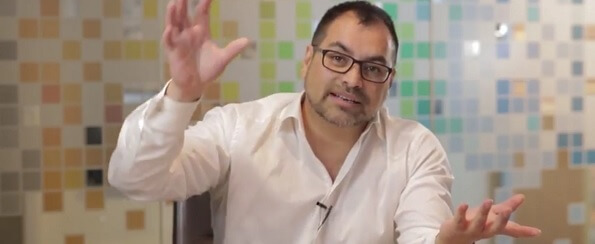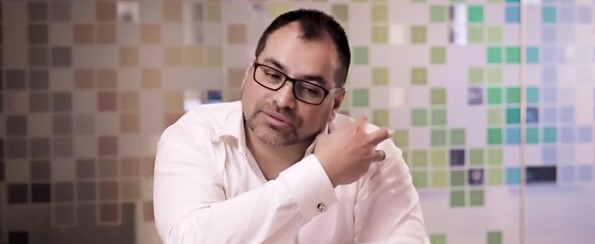Dr Joe Kosterich explains that HIV and AIDS are related but not synonomous, the available treatments and most importantly, prevention.
Video transcript
Hi, I’m Dr Joe. In this video we’re going to talk about something that is still around but that you don’t hear quite as much about today as you did maybe 20 years ago and that is HIV and AIDS. Now first off, let’s have some definitions. HIV is human immunodeficiency virus. Now, this virus is one that attacks our immune system. AIDS is acquired immunodeficiency syndrome and again this happens when our immune system is down. The two things are clearly related but they’re not quite synonymous. It’s amazing to think that it’s actually only 30 years ago that HIV and AIDS were first identified.
The virus attacks our lymphocytes. Now, without going into all of the details, our lymphocytes are part of our immune system and if we do get a virus on board, they start to activate and they attack the invader and also produce some antibodies. Any virus that attacks our immune system is opening the gate for other bacteria and viruses to get in as essentially the borders are down. So whilst we don’t in some respects die of HIV itself, what happens is we die of other infections that get in because our immune system has been compromised.
But it is also important to understand that not everybody that gets HIV necessarily gets full-blown AIDS. The two, as I said, are connected but not synonymous. When these conditions were first identified there were fairly dramatic predictions that it was going to cut swathes through the population, sort of a bit like a modern plague and that everybody who got HIV would go through to AIDS. As years have gone by we’ve found that that is not the case and the numbers have actually not been anywhere near as bad as was first predicted and there has been a slowing in the number of new cases. Part of the reason for that has been a lot of public awareness and information about how to prevent HIV and AIDS.
Okay, in Australia since it was first identified there have been about 30 000 cases of HIV, and out of that about 10 000 cases of AIDS and a little bit under 7 000 deaths. That’s in around about 30 years. What’s really interesting and I suppose good news, you could say, is that a lot of people are living for many years with HIV without it going through to AIDS.
Prevention, like in most instances, is much better than a cure and particularly in a condition like AIDS where there is no cure. There is treatment, and in a video like this we cannot go into the details because it is very individualised and specialised. But people who do get AIDS, which occurs when the CD4, which is one of the lymphocytes (again, we don’t want to get into too much jargon), that level drops – that’s when people may need treatment. So not everybody that has HIV virus necessarily needs treatment, but you do need to be monitored.
Prevention really is about not exposing yourself to HIV and that comes from safe sex practices and being careful with blood products. So again today, the blood bank is extremely careful, as you’d expect with any form of acceptance of blood for transfusion. But again, people who are sharing needles, which for a whole range of reasons is the wrong thing to do, you are potentially exposed to the HIV virus. Most cases that we have, have been either sexually transmitted or through shared needles. So again, one of the take home messages from that is that it is relatively easy to protect yourself from being exposed to HIV and AIDS.
Okay, to sum up then: a fairly new condition, not as bad as first thought, and in saying that I’m not saying that it’s not serious and doesn’t cause death in some people, but the numbers have shown that it’s not quite the dire situation of plague-like proportions that was expected. Prevention is very realistic and very possible. For those who do have HIV, it is not a given that you go on to develop full-blown AIDS. And for people who do develop AIDS, we now have treatments which are far more successful than they have been from the past. At present there is no vaccine. Work is being done on that and whilst I don’t think it’s fair to say we can expect that any time in the immediate future, who knows what may happen in 5 to 10 years’ time. For now though, the most important take home message is that you can do very simple things to protect yourself and not expose yourself to HIV and AIDS, and that is to practice safe sex and not to share or indeed use any needles.
More information on HIV and AIDS
All content and media on the HealthEngine Blog is created and published online for informational purposes only. It is not intended to be a substitute for professional medical advice and should not be relied on as health or personal advice. Always seek the guidance of your doctor or other qualified health professional with any questions you may have regarding your health or a medical condition. Never disregard the advice of a medical professional, or delay in seeking it because of something you have read on this Website. If you think you may have a medical emergency, call your doctor, go to the nearest hospital emergency department, or call the emergency services immediately.







